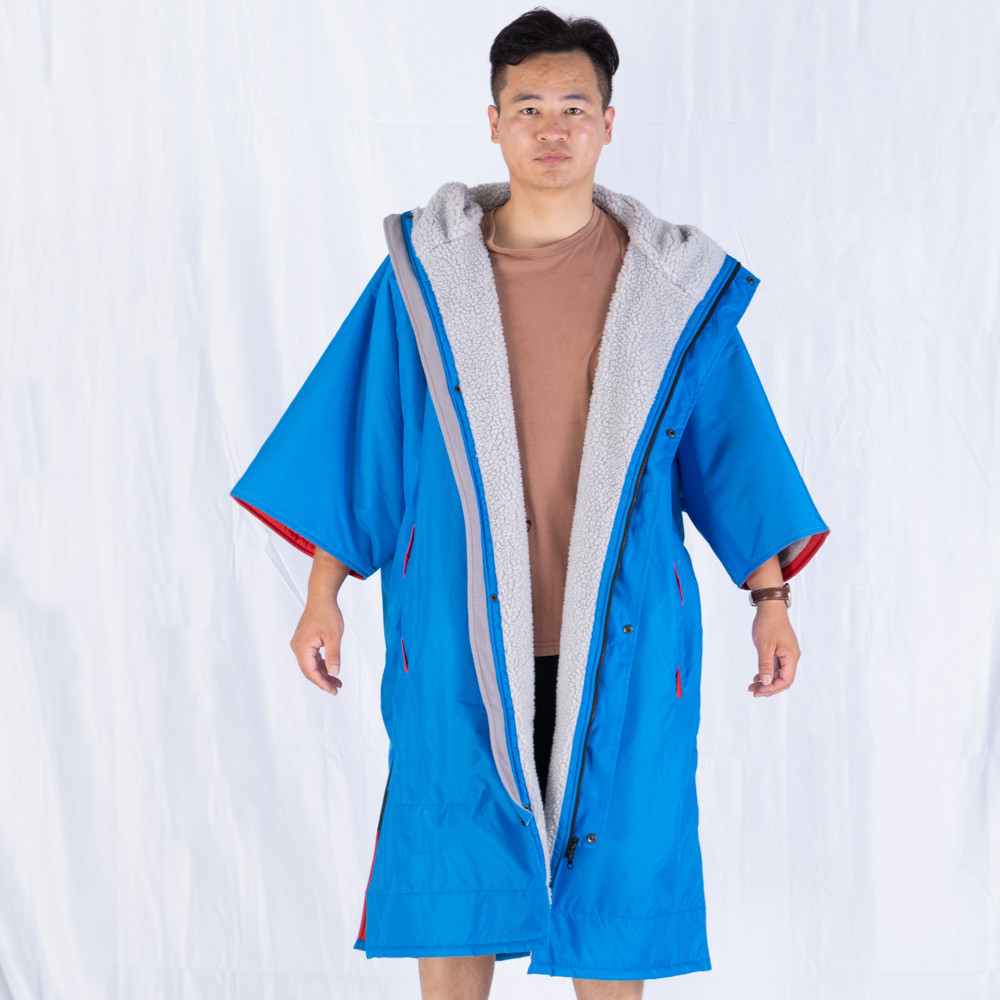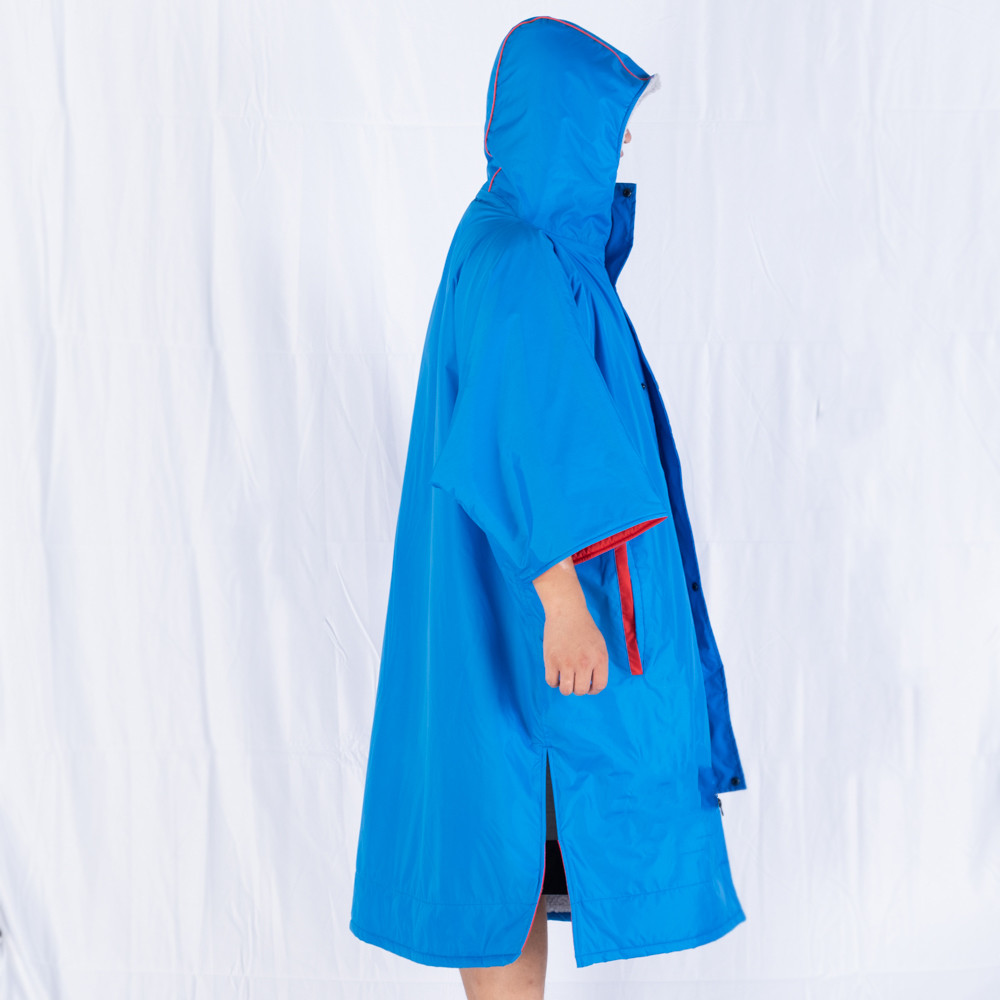Autumn straw mushroom planting management
Mushroom is a high-temperature type thermostatic solid fungus, generally speaking, the local average monthly temperature of 22 °C or more, the temperature difference between day and night is not great, the air can be planted under relatively high humidity conditions. Under natural conditions, the Guangdong region can be cultivated from April to October. The mushroom house with heating facilities can also be cultivated for an annual period. Summer and autumn are suitable seasons for the cultivation of straw mushrooms in the Guangdong region.
Variety selection
The straw mushroom itself belongs to the high-temperature type fungi, so the strain selection is not as troublesome as the oyster mushroom. At present, V23, V26, V97 and the like are available for production.
Cultivation methods
Cultivation methods of straw mushroom include indoor shelf-type cultivation, bag cultivation and open-field cultivation. Due to the high utilization rate and relatively controllable temperature of the indoor shelf mushroom house, it is currently the most commonly used method. This article mainly introduces the indoor shelf cultivation techniques, and the bag planting process refers to Pleurotus ostreatus.
Shelf type cultivation process flow: raw material preparation → dipping → composting fermentation → shop stuffing → secondary fermentation → seeding → mycelial period management → spray mushroom water → fruiting period management → harvesting → cleaning, sweeping mushroom house .
Culture formula
Select fresh, dry, mildew-free waste residue, Chinese medicine residue, rice straw and other crop waste (in accordance with NY5099 regulations), expose it for 3 to 5 days before use, cut into 10 to 15 cm long segments or break up , Other accessories require no mildew, no agglomeration.
Formula 1: Waste cotton slag 95%, lime 5%.
Formulation 2: straw 85%, bran (rice bran) 10%, lime 5%.
Formula 3: 85% of Chinese medicine residue, 10% of bran (rice bran), and 5% of lime.
Formulation 4: 45% cottonseed husk, 45% corn stalk, 5% bran (rice bran), 5% lime.
The moisture content of the above cultures was maintained at 65% to 70% and the pH was maintained at 9-10.
Culture mix and fermentation
The raw materials were mixed according to the formula, and the water was mixed evenly. The pile was fermented (1 meter in height, and the length was not limited). The film was covered with 2 to 3 days of fermentation, and the mixture was turned in the middle. Matrix moisture content of about 70% can be moved into the mushroom room. If the pH value of all culture materials before moving into the mushroom house material is less than 8, add proper amount of lime to adjust the pH to 9-10.
Secondary fermentation (disinfection)
The composted material was mixed and loosened, mixed well, moved into a sterilized mushroom house, spread on a culture rack, and the material thickness was about 10 cm. Generally, about 4 square meters can be paved after every 50 kg dry material is piled. After paving the material, steam into the mushroom house or put the coal stove in the mushroom house so that the temperature of the culture material reaches 65° C., maintain for 4 to 6 hours, and then cool naturally. When the temperature drops to about 45°C, open doors and windows, and sow until the temperature drops to about 36°C.
sowing
When the temperature of the material is reduced to about 36°C (38°C to 42°C during low-temperature back-season cultivation), sowing can be performed. Ventilate the doors and windows before inoculation, sort the material surface, and excavate the strains from the strainer bottles. The bags can tear the plastic and gently smash the strains, regardless of the bottled or bagged strains. All of the bacteria on the surface of the strain must be excavated and discarded.
When sowing, evenly sowing bacteria on the surface of the culture material, lightly shot the material surface to make full contact with the seed and the material surface, the sowing rate is about 4% to 5% of the dry weight, generally using cottonseed husk per square meter Kind of 1 bag (bag size is 25 cm 12 cm, weighing about 0.4 kg). After the seeds are sown, they are covered with a thin film, and the mushroom house with heat preservation and moisturizing effect can also be covered with film when the temperature is high. When sowing seeds, care should be taken not to mix and sow different kinds of straw mushrooms together, because different varieties will have antagonistic effects when mixed together, and the amount of mushrooms will be small, even without mushrooms, which will seriously affect the yield.
We are manufacturer directly supplier for more than 8 years. Sample with Customized design and logo is available. Waterproof Change Robe are mainly use for surfing, swimming, paddle, rugby, football and etc.
Features:
1. 100% recycled fabric for both outer shell and lining
2. Two big fleece pockets for warm purpose
3. YKK zip reverse puller , which ensure pull up inside.
4. Big warm hood for warm purpose.
5. Inside waterproof pocket for phones.
Sample is available now, sample time 7-10 days. Welcome to discuss more details with us.


Kids Dry Robe,Children'S Wear,Posh Childrens wear,Children Designer Wear
Suzhou Golden Gamrnet MFG Co.,Ltd , https://www.svchangerobe.com